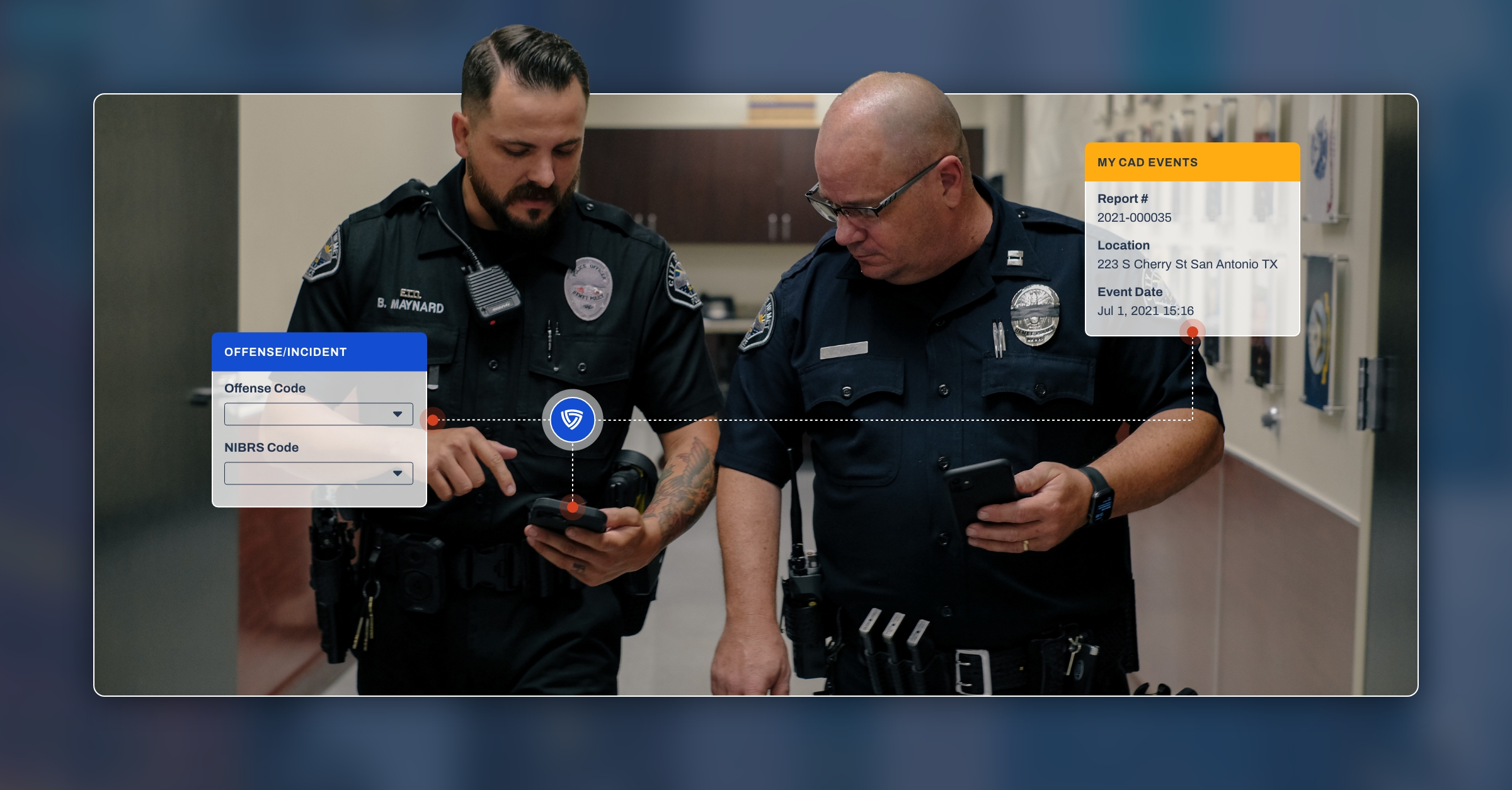At the Intersection of Public Health & Public Safety: 7 Crisis Response Models

Seven Unique Responses to Individuals in Crisis
Municipalities around the world are leveraging innovative programs to meet their communities’ mental and behavioral health needs. These programs are as varied as the communities they serve and span seven distinct categories:
- Crisis intervention team (CIT)
- Officer notification and flagging systems
- Co-responder team
- EMS and ambulance-based responses
- Mobile crisis team (MCT)
- Case management service
- Train support people/community-led response
Learn more about each model type, including the types of responders, unique models characteristics, and example municipalities, by filling out the form and downloading the white paper today.





